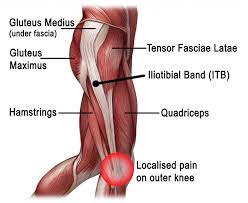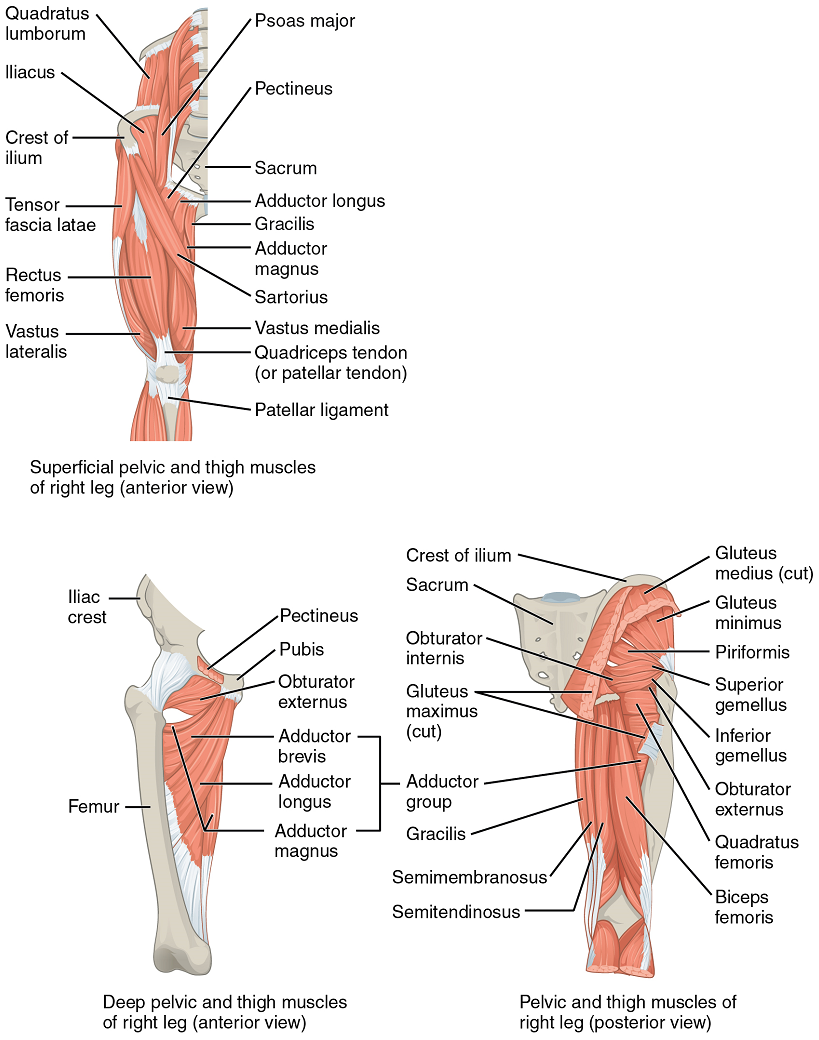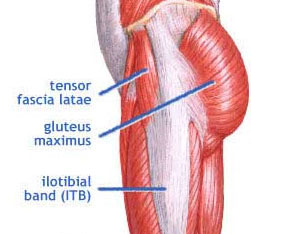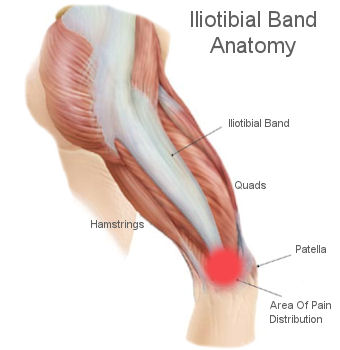Which of the following pair of muscles have their insertion on the iliotibial tract? A) Gluteus medius, biceps femoris. B) Tensor fascia latae, biceps femoris. C) Vastus lateralis, gluteus maximus. D) Tensor


Physioimpulse Blog - Physioimpulse

Chapter 13. Muscle Anatomy and Movement – Human Anatomy and

Muscles OF THE Lower LIMB - MUSCLES OF THE LOWER LIMB Organization

Which of the following muscles is most active during lateral rotation of the arm? (a) Latissimus dorsi (b) Infraspinous (c) Supraspinous (d) Subscapularis.

Which of the following muscles is not a quadriceps muscle? (a) Biceps femoris (b) Rectus femoris (c) Vastus intermedius (d) Vastus lateralis.

Which of the following muscles does not flex the wrist? (a) Extensor carpi ulnaris (b) Flexor carpi ulnaris (c) Flexor carpi radialis (d) Flexor digitorum superficialis.

Features Archives - Dubin Chiropractic

Gluteus Maximus and the Tensor Fasciae Latae

Chap 10 - Muscles Learning Objectives: - ppt video online download

Label the diagram. O adductor magnus O biceps femoris O deltoid O extensor carpi O extensor digitorum O external oblique O flexor carpi ulnaris O gastrocnemus O gluteus maximus O gluteus medius

Which of the following muscles originates on the pelvis, inserts on the lumbar spine and stabilizes the pelvis and lumbar spine? (a) Erector spinae (b) Quadratus lumborum (c) Internal oblique abdominals.

Two muscles that enable us to perform intricate movements of the hand are the flexor digitorum profundus and flexor digitorum superficialis. Explain how the actions of these two muscles differ within the









